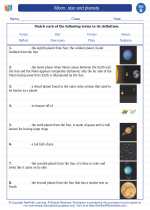Moon, star and planets -> modeling
Modeling in Science
In science, modeling refers to creating a representation or simulation of real objects, systems, or processes. Models can be used to help us understand how something works, make predictions, and test hypotheses. There are different types of models used in science, such as physical models, graphical models, and conceptual models.
Types of Models
- Physical Models: These are three-dimensional representations of objects or systems. For example, a model of the solar system or a model of a plant cell.
- Graphical Models: These are visual representations, such as diagrams, charts, or graphs, that show relationships or patterns. For example, a weather map showing temperature patterns.
- Conceptual Models: These are mental models or simplified explanations of how something works. For example, the water cycle can be represented using a conceptual model.
Why Do Scientists Use Models?
Scientists use models to help them understand complex systems, make predictions, and communicate their findings. Models can also be used to test hypotheses and conduct experiments without having to manipulate real objects or systems.
How to Use Models in Science
When using models in science, it's important to:
- Choose the appropriate type of model for the specific purpose.
- Understand the limitations of the model and how it may differ from the real object or system.
- Use the model to make predictions and test hypotheses.
- Communicate the findings and conclusions based on the model.
Study Guide
Here are some questions to help you study and understand the concept of modeling in science:
- What is a model in science?
- What are the different types of models used in science?
- Why do scientists use models?
- How can models help scientists understand complex systems?
- What are some examples of models used in everyday life?
Understanding the concept of modeling in science will help you analyze and interpret scientific information more effectively!
[Modeling] Related Worksheets and Study Guides:
.◂Science Worksheets and Study Guides Second Grade. Moon, star and planets
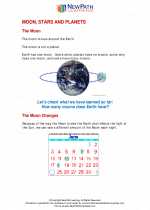
 Activity Lesson
Activity Lesson
 Worksheet/Answer key
Worksheet/Answer key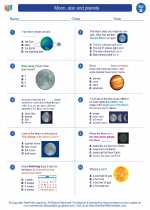
 Worksheet/Answer key
Worksheet/Answer key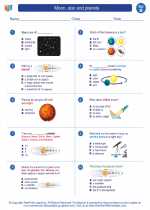
 Worksheet/Answer key
Worksheet/Answer key
 Vocabulary/Answer key
Vocabulary/Answer key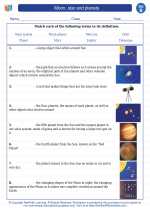
 Vocabulary/Answer key
Vocabulary/Answer key